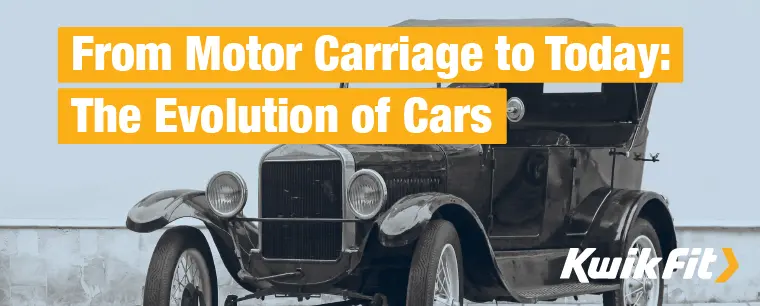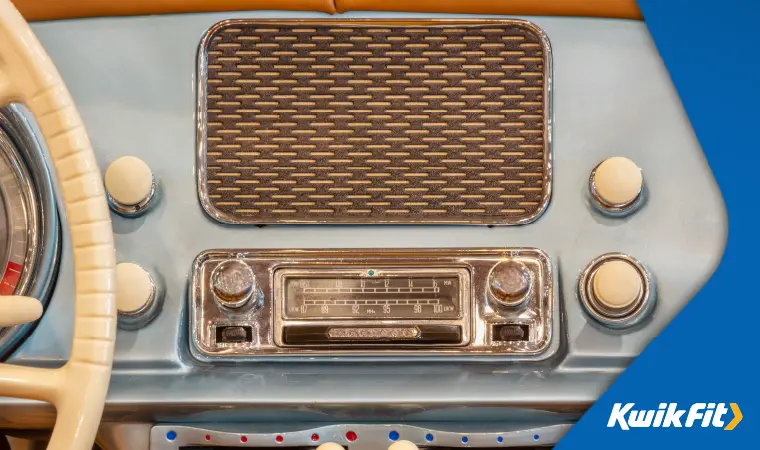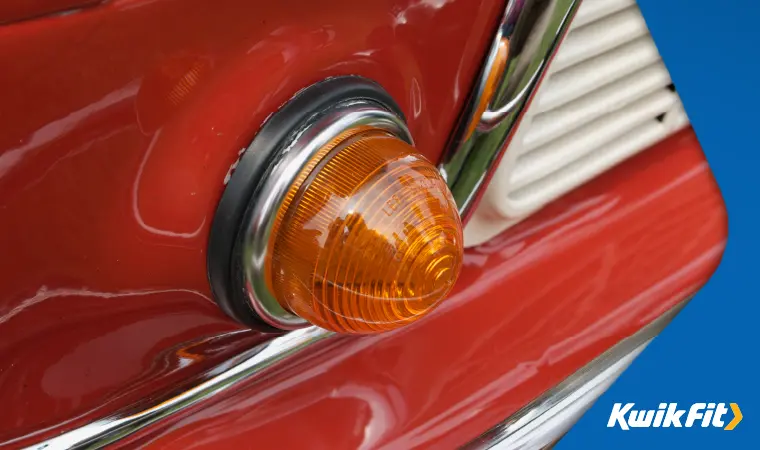From Motor Carriage to Today: The Evolution of Cars
Jack Dreyer | Wednesday 20th September 2023 1:00pm

When we look at the cars of today – even the most affordable cars – it’s easy to forget how many technological advances have had to happen to make them possible. How did we turn horses into horse-power? Well, it was the horses we turned into engines and the carriages we turned into cars.
What’s more, you can almost immediately tell a car from the 1920s apart from a modern car. In fact, you can probably place a car into every decade without even realising it. Why is that? How come car design has changed so electrically in the last 100 years?
Let’s find out!
Cars started for function
While the earliest cars weren’t entirely functional – and they certainly weren’t cheap – they were designed specifically for the functional purpose of transport. Usually, this would have been along rudimentary roads that evolved from footpaths. Some would have been cobbled and easier to navigate than others, but some key factors in car design were always:
- Movement without manual power (the ‘auto’ part of ‘automobile’)
- Some protection from the elements (a roof/hood)
- Minimising mud kicked up by tyres (wheel arches with mudflaps)
- Somewhere to store things for transporting (a boot)
As you can likely imagine, this didn’t really differ at all from carriages we’d imagine in the Victorian period: they sometimes made use of bicycle-type tech and tyres for suspension (the bicycle having been invented in the early 1800s) and horses provided the power to move the carriage. What’s more, early brakes already existed to oppose the movement of the horses when necessary!
Practically the only difference between a Victorian carriage and an early motor carriage was that you suddenly didn’t need a team of horses trailing in front of you to get anywhere. Horses also, being living beings, need to be fed, cared for, and sheltered and, unfortunately, not everybody has the room for stables beside the tennis courts, swimming pools, and leisure gardens.
Suddenly, you could let the horse roam free and get into town on your motorised carriage! So long as you had the spare wheel and a spare mechanic to replace it, of course.
The culmination of the car-as-function mentality was, for many people, the Ford Model T. It had enough space to fit five people while remaining compact enough to operate & maintain as an individual. It had boot space, a roof, brakes, (optional) shock absorbers, and a host of other features that made it perfect for just about anyone.
They were also significantly more reliable than other cars and, due to their ubiquity, replacement parts were readily available. This is great for people but not so great for auto manufacturers – after all, if everyone has a car that never breaks, you can’t really sell them new cars! This brings us up to about 1927.

Cars began to get more comfortable
After much trial and error, when manufacturers could confidently say that their cars drove reliably, attention turned to comfort and luxury. In the twentieth century, the style and interior design of vehicles came on in leaps and bounds — going hand in hand with an increase in car size, too.
From the 1930s onwards, cars became much less about the four wheels and gears than they did about drive experience, safety, and style. Let’s plot some of these advancements now.
Indicators
Surprisingly late in car development, in 1939, Buick added the first ‘turn signals’ to their vehicles. This helped improve pedestrian safety — and reduced the amount of collisions on the roads.
Power steering
In 1951, things got easier for drivers as the large, bulky steering wheels were swapped out for power steering that made them less ‘heavy’ and difficult to turn, making driving a more leisurely experience on the whole.
Three-point seatbelts
In 1959, three-point seatbelts were rolled out en masse by Volvo. However, this safety feature we understand to be so crucial today was not even widely accepted until the late sixties!
Heated seats
Starting to get a little more luxurious, now, during the swinging sixties, heated seats came into more high-end models.
If we look at the types of cars that were being developed during this period, we can see a noticeable change from the rickety open-sided, cart-like vehicles of the early 1900’s with additional features such as windshields, speedometers, and rearview mirrors.
In 1938, the Volkswagen Beetle was rolled out as ‘the people’s car’, a family wagon. This prioritised safety and comfort unlike anything that came before. Around this time, names that we associate so openly with luxury and speed today – Buick, Bugatti, Maserati, BMW, Alfa Romeo, and so on – began churning out well-crafted models for the public.

Cars & the millennium
Since the developments of the 60s, the evolution of the automobile continued, hand in hand with the technological advancements underway at the time.
Now, even more so, the developments were focused around convenience and ease as drivers used their vehicles more and more — from school runs to road trips. As such, in the 80s and 90s, early keyless entry systems were introduced alongside electric windows, sunroofs, and even CD players, coinciding with the boom in technology in the 90s and early 2000s.
Cars of today
After the groundwork laid in the 80s and 90s, the new millennium saw even further refinement. At this point, bluetooth makes an appearance for the first time and greater customisation to car interiors takes centre stage. This leads us right up to Tesla’s self-driving cars and in-car gaming systems. We wonder where things will be in the next decade.
The evolution of cars: a timeline
So, putting all that together, let’s plot some milestones when it comes to the development of the car from cart to automobile:
1700- 1800: ‘Cars’ are steam powered and much larger than today.
1886: The world’s first automobile is patented by Carl Benz (Yes, as in, Mercedes Benz).
1900: Porsche invents the world’s first hybrid car.
1903: The windscreen wiper is invented by Mary Anderson in New York. By 1922, these had become a standard feature on luxury cars like Cadillacs.
1912: The engine crank begins to become obsolete.
1913: Henry Ford brings cars to the masses with his assembly line.
1934: Sleek Chrysler models begin to influence cars being more streamlined.
1938: The Volkswagen Beetle is launched in Germany.
1947: The first ever Ferrari is launched.
1968: The first electromechanical airbag is tested in Florida.
1971: A ‘car’ is put on the moon as the Lunar Rover begins exploring.
1981: The first carbon fibre race car is invented by McLaren.
2012: Tesla begins making electric cars.

Keep your car on the road with Kwik Fit
After all those centuries of innovation, there is sometimes still room for error. Things can go wrong with our cars unexpectedly, causing us to stop in our tracks.
To keep your car on the road safely and for as long as possible, get it serviced regularly at your local Kwik Fit. Proactive maintenance, vehicle health checks, and tyre inspections are all good ways to make sure those years of innovation don’t go to waste. For more motoring news, keep up to date with the Kwik Fit blog.
Any facts, figures and prices shown in our blog articles are correct at time of publication.
Featured Articles
Is it Illegal to Drive With One Headlight?
Saturday 19th July 2025
Wondering if it’s illegal to drive with one headlight? Learn about the safety risks and penalties of illegal blown bulbs and why you should fix them promptly.
Air Con in EVs & Hybrids: Experts Answer Your Questions
Monday 30th June 2025
Does air con drain EV batteries? Can you use the air con while charging an electric car? Find out the answers to these questions & more from Kwik Fit’s experts.
Why Is Your Car Making a Noise? Fixes & Tips
Friday 13th June 2025
When your car starts making unexpected noises, it can certainly be quite disconcerting; it may be nothing to worry about, but here’s what you need to know.









